Imagine trying to explain how the Internet works back in 1994.
If you’re not a Zoomer or someone with any skin in the tech space, that’s kind of what it’s like trying to explain cryptocurrency or NFTs (non-fungible tokens) to people now.
For the uninitiated, here’s a crack at it. NFTs are digital collectibles that can only be viewed on a screen and can only exist on a digital wallet. Their value is determined by their uniqueness and scarcity, which is authenticated and minted using blockchain technology – the same type of technology cryptocurrency like Bitcoin is built on.
In essence, anything can be turned into an NFT. The NBA made digital game highlights into collectibles through NBA Top Shot. The hype on Top Shot is so hot that Michael Jordan, Kevin Durant, and 30 other athletes have invested in the platform’s parent company Dapper Labs. In the art world, artist Beeple sold his work as an NFT through a Christie’s auction for $69 million. If anyone wanted to, they could mint their MP3s, JPEGS, or even tweets into an NFT.
So, what could this all mean for sneakers and the culture around them? Some sneakerheads aren’t just dipping their toes in the water, but jumping in feet first.
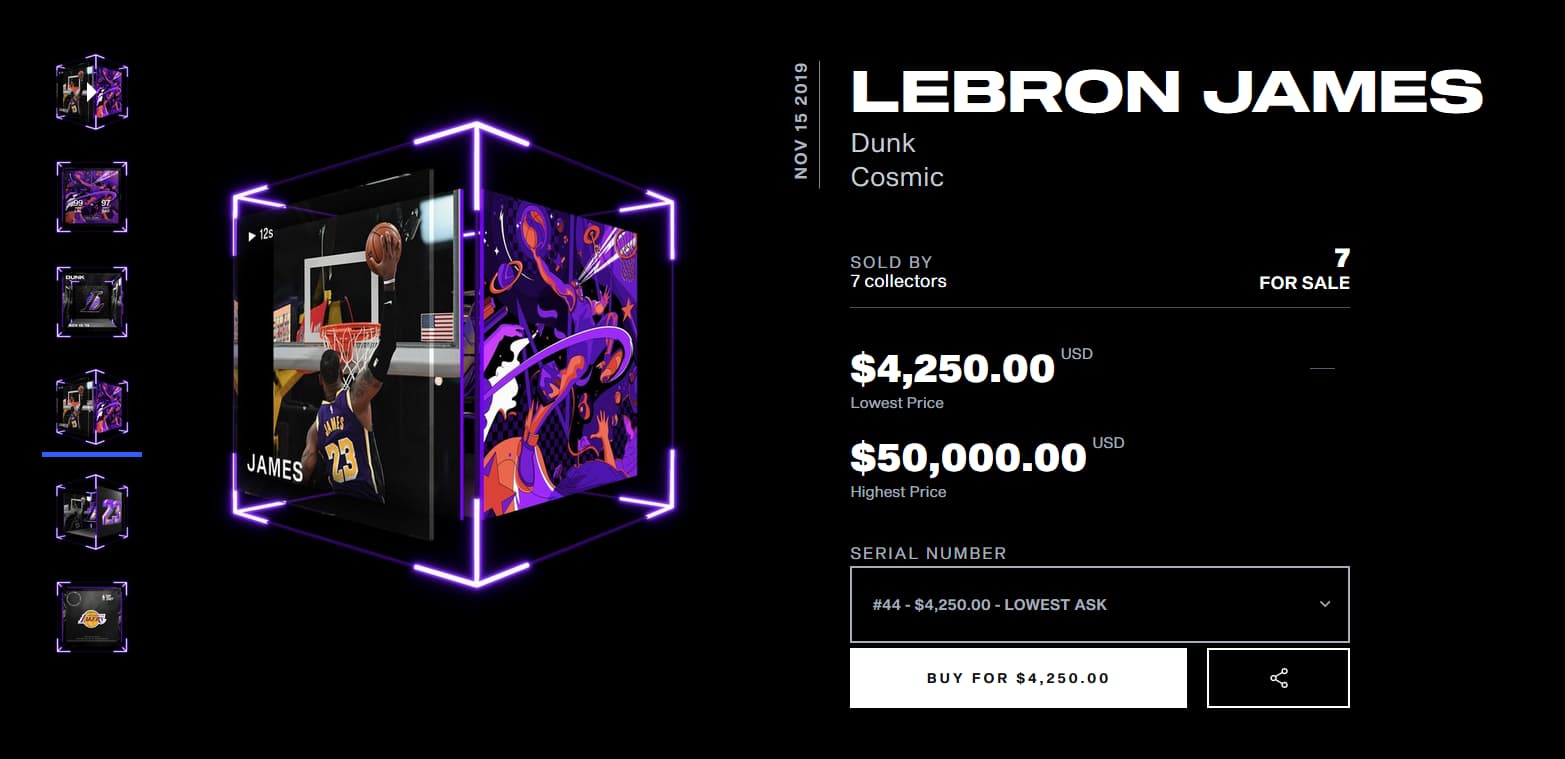
“An NFT allows people to participate in a digital world, not just participate, but make money off of it. It’s going to be a whole other economy,” said Carlos Sanchez, known on the Internet and the sneaker world as Sneak Geekz. He’s been studying crypto for over 10 years and has even taught about blockchain technology internationally in Dubai, Singapore, and London. Before that, he was a former technology warfare officer in the Navy. Sanchez first posted about crypto on his sneaker YouTube channel three years ago and offloaded most of his sneakers to invest more into the space.
“When companies came up with the capabilities of writing smart contracts, I knew anything could happen,” Sanchez explained about the innovation that helped NFTs come to be, which is a programmable contract on the blockchain. “It could create algorithms that opened up the possibilities to collectibles and tokenizing things. You could use the blockchain for things other than currency.”
One example of how a smart contract could work in the collectible space is to create perpetual royalties. Say a sneaker designer creates an NFT of one of his sketches. Every time that NFT gets bought or resold, that designer can get a royalty fee paid by the buyer or seller if it’s in the smart contract.
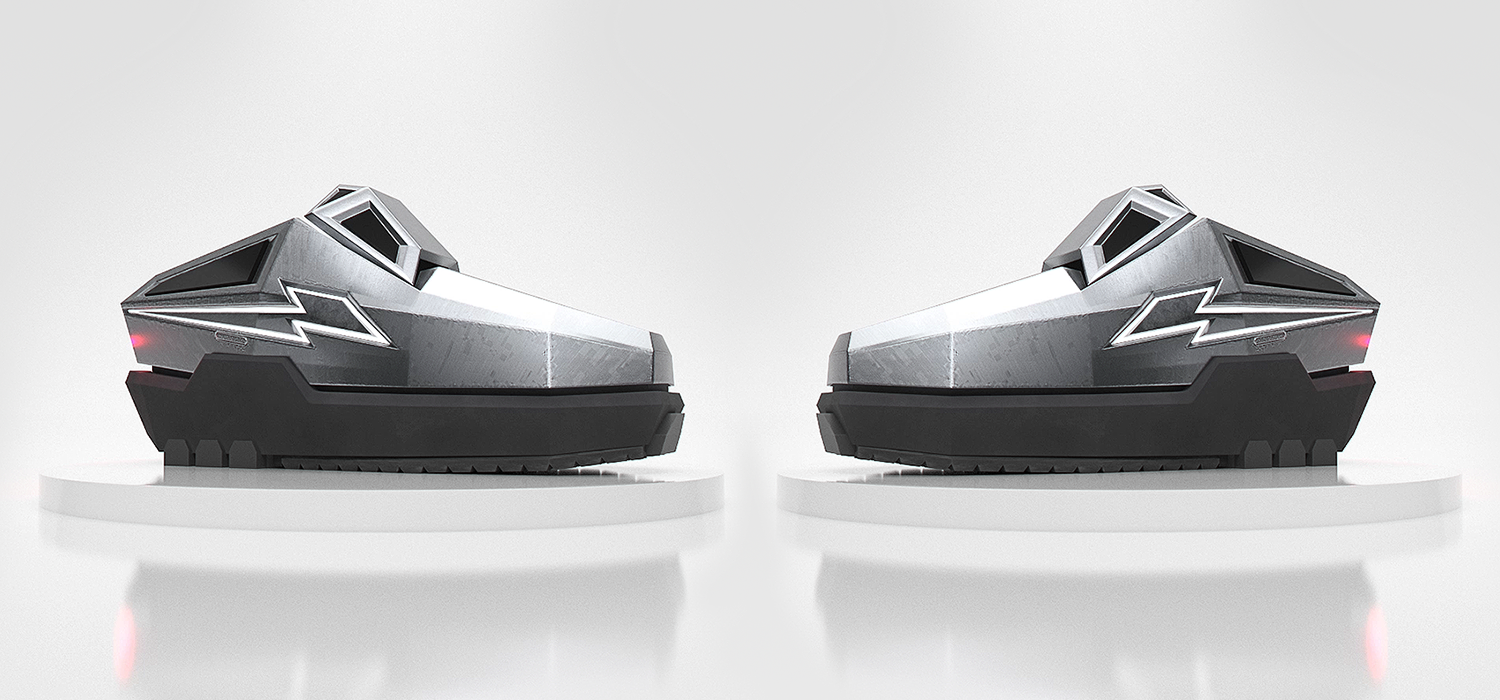
Sneaker collector and YouTuber Fran Marchello, AKA Franalations, also sees NFTs’ upside in sneaker culture. He’s been buying and collecting digital assets since CryptoKitties launched on the Ethereum platform. He says it’s only a matter of time before they start to take off in the sneaker space.
“I’ve seen it all happen before with Funko Pops, sealed video games, and Nike SB sneakers. People have their own opinion of what the ceiling is for a collector and it always gets smashed,” Marchello said. “It’s always much higher than people expect, even more with digital because then it becomes a global thing instead of just in the subculture. I expect the values to be even higher and we’re already seeing that with stuff like Beeple.”
Digital art is one of the most understandable applications of an NFT. One of the reasons NFTs can easily translate to sneakers is because some people in the culture see sneakers and their design as an art form. One of the nuanced challenges to sneakers and art collecting is being able to verify an item’s authenticity and authentication is one of the biggest potentials for sneakers on blockchain technology.
Earlier in the space, people were using blockchains to upload receipts and images of items like Gucci bags and watches to prove authenticity. Obviously, there are still ways to game the system, but it shows the possibility of how NFTs can relate to real-world products.
“Right now, you might send a pair of sneakers to a third party to authenticate it or sell it, and what a blockchain does, when used properly, is eliminate the middleman,” Marchello said. “Because it’s created on the blockchain, you literally have that information of when it’s time-stamped and nothing can be changed or altered. So that’s already a big implication.” In addition to that, the brands themselves can start to get paid every time their sneaker is sold on the resale market if they implement it into their smart contract.
Not only could you potentially verify a sneaker’s authenticity on the blockchain, but also see its entire history down to details of the factory it was made, where the raw materials came from, and who owned it before. While details like that may not be important to everyone or for every product, it could add another layer of transparency for brands.
“If you’re adidas and you’re putting this sustainability information on the blockchain and Nike isn’t – and you’re a consumer that cares about this – you might go with adidas,” Sanchez said.
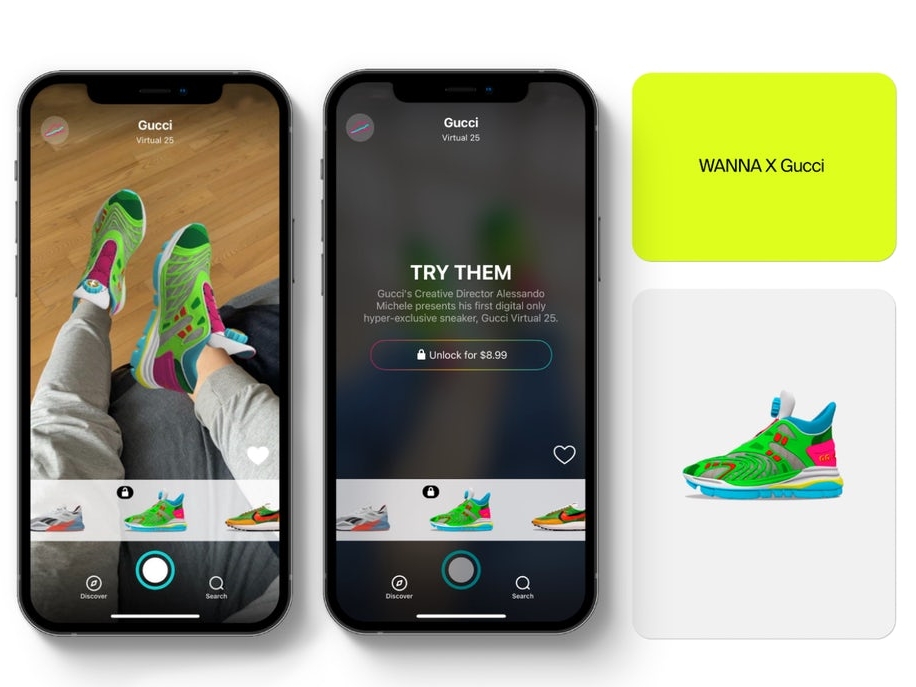
Probably the biggest mistake onlookers make when it comes to NFTs is to only think of them as digital assets and not about the potential to complement physical products. Not only can NFTs add authentication and revenue opportunities for creators, but they can also add a level of storytelling for sneaker brands.
“Think about Air Max Day. If Nike was to hold an in-person activation in NYC and you entered the event with your SNKRS barcode,” said Dejan Pralica, SoleSavy co-founder and CEO. “Nike could hand out NFTs associated with that moment in time, customize it to you dynamically and store that in your account as a keepsake.”
Nike already filed for a patent for blockchain-compatible sneakers called “CryptoKicks” in 2019. The patent outlines a system where digital assets can be attached to a physical shoe. “When a consumer buys a genuine pair of shoes a digital representation of a shoe may be generated, linked with the consumer, and assigned a cryptographic token, where the digital shoe and cryptographic token collectively represent a ‘CryptoKick,’” the patent reads.
With new technology on the horizon, “digital flexing” through augmented reality might be a new wave in the culture. Both Apple and Facebook are developing augmented reality glasses that’ll let you see your NFTs in real-time.
When it comes to only digitally owning collectible sneakers, the SoleSavy community is mixed. “With sneakers, I want to wear them, so I’m not interested in NFTs for sneakers,” SoleSavy member Sfranco23 said. “Now, if a brand gave away an exclusive NFT along with your retail purchase of special pairs, that would be dope, as an added incentive, but I can’t envision me chasing sneaker NFTs all on their own.”
Other SoleSavy members could see some perks to having a digital sneaker collection in the age of most interactions being done through screens and avatars anyway. “Physical things also take up a lot of space, so having a digital asset that would also have a physical component or equivalent would be very cool,” SoleSavy member DSW said. “Digital assets provide you the ability to still have fun collecting, the ability to show it off to a global audience and friends you make around the world, and you don’t have to worry about it getting damaged.”
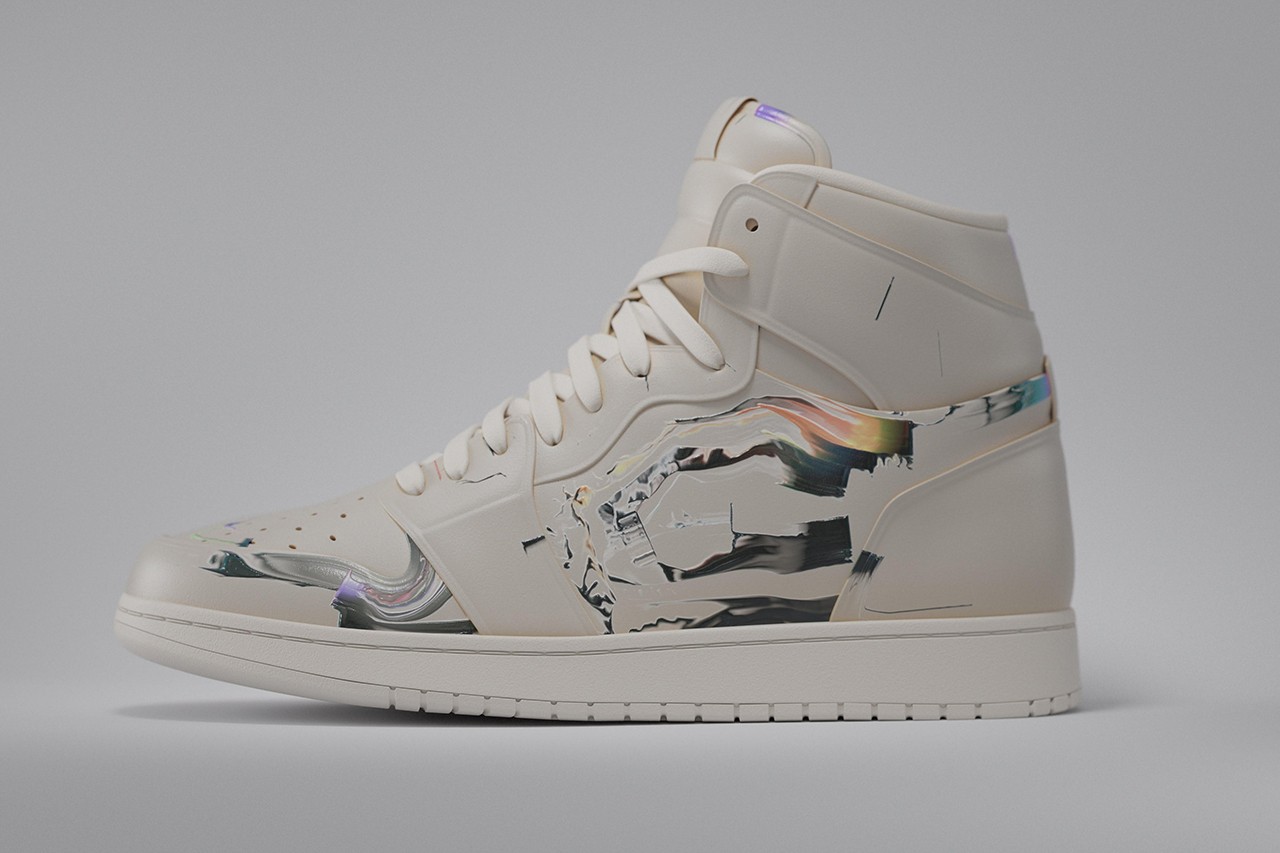
Several companies are already playing in the space such as Lukso, a blockchain-based company that has recruited talent from companies in the fashion and sneaker space to potentially create NFT clothing. There’s also RTFKT, a company that was the first to launch digital sneakers by using blockchain technology with artists.
“The way we treat the NFT is the value and also is the passport to the sneaker. Traditionally you buy the sneaker and flip it on StockX,” said Steven Vasilev, co-founder and CEO of RTFKT. “With us, once you buy the NFT, we allow you to redeem a physical sneaker and we haven’t set a limit for how many you can redeem.” Once a buyer owns the NFT, they’d be able to manufacture the sneaker as much as they want.
Artists that RTFKT work with to create the sneakers receive a 50% split on all royalties. The company’s first offering of sneakers raised $3.1 million in under seven minutes.
Despite the inevitability of established sneaker brands entering the space and the consumer education aspect, Vasilev is confident there’s going to be space for everyone to play in the NFT space. While Nike could do an NFT-only version of fifty Off-White sneakers that could easily sell out on the blockchain, RTFKT’s play is to cultivate young creators to be able to showcase and monetize their designs. They’re also working with independent creatives already established in the sneaker space on upcoming projects.
“A lot of brands have contacted us. We’ve said no to a lot of people,” Vasilev said. “Our main thing is that we’re here for the community and the culture. We’re not too worried because you can’t really buy that.”
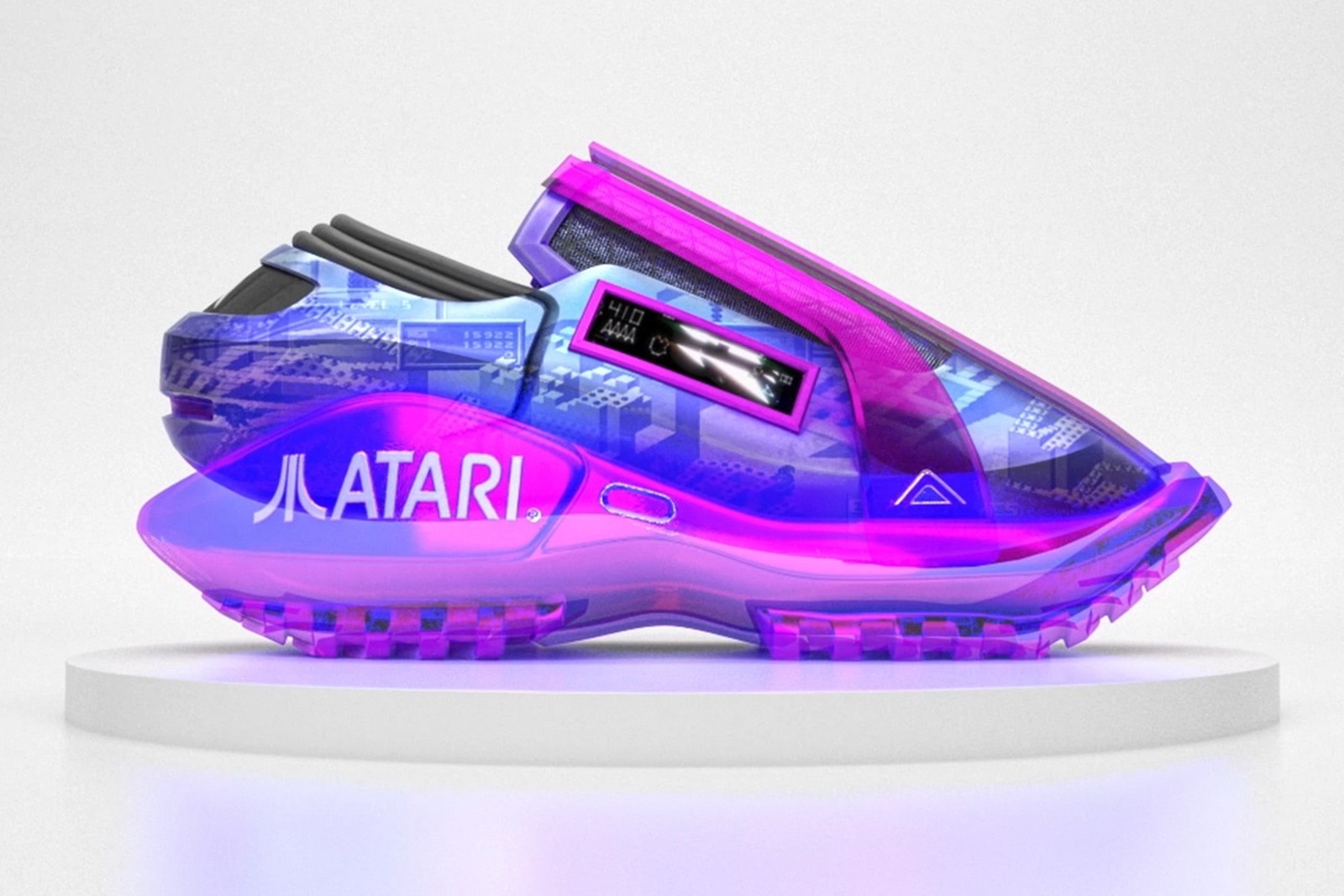
You may not be able to buy clout in the sneaker culture (yet), but you sure can make a lot of money through it with NFTs. Digital assets on platforms such as VeVe that were originally sold for around $15 are well worth over $15,000 now. When recognizable brands that are already creating highly-coveted physical collectible items in the culture start playing in the digital space, interest in NFTs might spike exponentially.
“That goes with any collectible. People buy for different reasons. They might want to flip it for the short term or add it to the collection or hold on to it, never use it, and sell it later.” Marchello said. “There’s no difference with digital assets. People are going to react how they do with any other physical product.”
While there are still some hurdles to overcome before NFTs become a massive economy like having more user-friendly interfaces and more hardware that view these collectibles, Vasilev thinks we’re less than five years away from them really taking off.
“I personally think NFTs will take over the trading market,” he said. “In sneakers, there is a generation of hypebeasts who don’t even know the culture behind it but are just using it to resell. It’s going to translate to NFTs.”
Header via Jaden Zhai
Images 1 via NBA Top Shot / Dapper Labs
Images 2, 4, & 5 via RTFKT
Image 3 via Gucci

